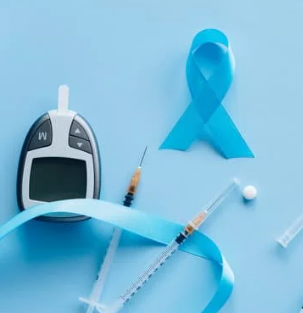Last summer, Azara created a case study highlighting some of our connections to Health Information Exchanges (HIE) across the country and the fulfillment of some long awaited “last mile” connection promises. The recent COVID-19 pandemic has demonstrated the importance and criticality of being connected to your state HIE and access to information about the acute and emergency services required by your patients. It is my assertion that it has always been a critical information gap when primary care providers are unaware that their patients are seeking emergency care, but the fast-moving nature of the pandemic has only magnified the void.
Even for those with some types of HIE connections or access to hospital ADT data, what the pandemic has shown us is the different types of information and communication necessary to both provide top notch care for our patients, but also understand the prevalence and magnitude of the infection. What we have seen is that these connections have made a difference in many places, but also that there is more much work to be done.
I am very pleased that today Azara is able to offer its health center clients access to Admit, Discharge, Transfer (ADT) data in 5 states (Arizona, Kansas, Michigan, Missouri, and 5 of New York’s Regional Health Information Organizations) with active projects to add this functionality in Indiana and Ohio and discussions underway in a number of other states. In my opinion, this functionality in Azara DRVS is some of the most important, and gaining access to the high-value information we are receiving from the HIE’s and combining with your EHR data should be at the top of everyone’s priority list. The good news is that over the past few years, the process of getting access to this data and making a connection like this has gotten much easier.
In the early years at Azara, I was regularly introduced by our clients to their HIE providers and almost every conversation dead-ended when we asked them to supply us data for their health center members, specifically ADT data. It was as if they viewed Azara as a fierce competitor, waiting to displace them across their state. The reality is that as a Population Health platform and statewide data warehouse for the health centers, there was a bit of overlap, but Azara would NEVER be an HIE connected to hundreds of hospitals and thousands of practices for real-time data exchange, and they would not likely have the breadth and depth of reporting and analytics that Azara offered.
Thankfully, this perception is now mostly history and in the past year, a number of HIEs have come to our conversations eager and willing to partner with Azara and their state Primary Care Association to help provide their member health centers the critical information necessary to care for their patients.
In addition, as Azara has developed relationships with the various HIEs around the country, a number of enhancements and additional projects have arisen. In a few places, we have moved from just receiving daily ADTs to a robust two-way exchange of data. In some cases serving as an “on-ramp” to the HIE for health centers that don’t have the proper means (technology, staff, funds) to send their data directly to their HIE. In one novel case, we are supplying the HIE with data on patient social determinants of health that we retrieve from the health center EHR, as this is not information supplied in a standard EHR to HIE connection nor in a CCD.
As our Health Center clients make adjustments to best serve their patients in our new COVID-19 informed world, I expect the need for HIE information at the clinic level will only escalate. While we are already talking with some clients about logical enhancements to the data flow, I want to emphasize that the value of an HIE connection to DRVS can be realized today and I encourage you to ask what would it take to get this information into Azara DRVS in your state.
We look forward to engaging in this conversation with you.
Additional information on the integration of DRVS with Health Information Exchange can be found at the links below:
Transitions of Care Module
HIE Success Story
Transitions of Care - HIE Integration Webinar Recording
Related Articles

Value-Based Care Foundations Part 2: A New Chapter in Risk Adjustment
Explore Insights
Socioeconomic Status, Access, and Control: Rethinking Diabetes Outcomes
Explore Insights
